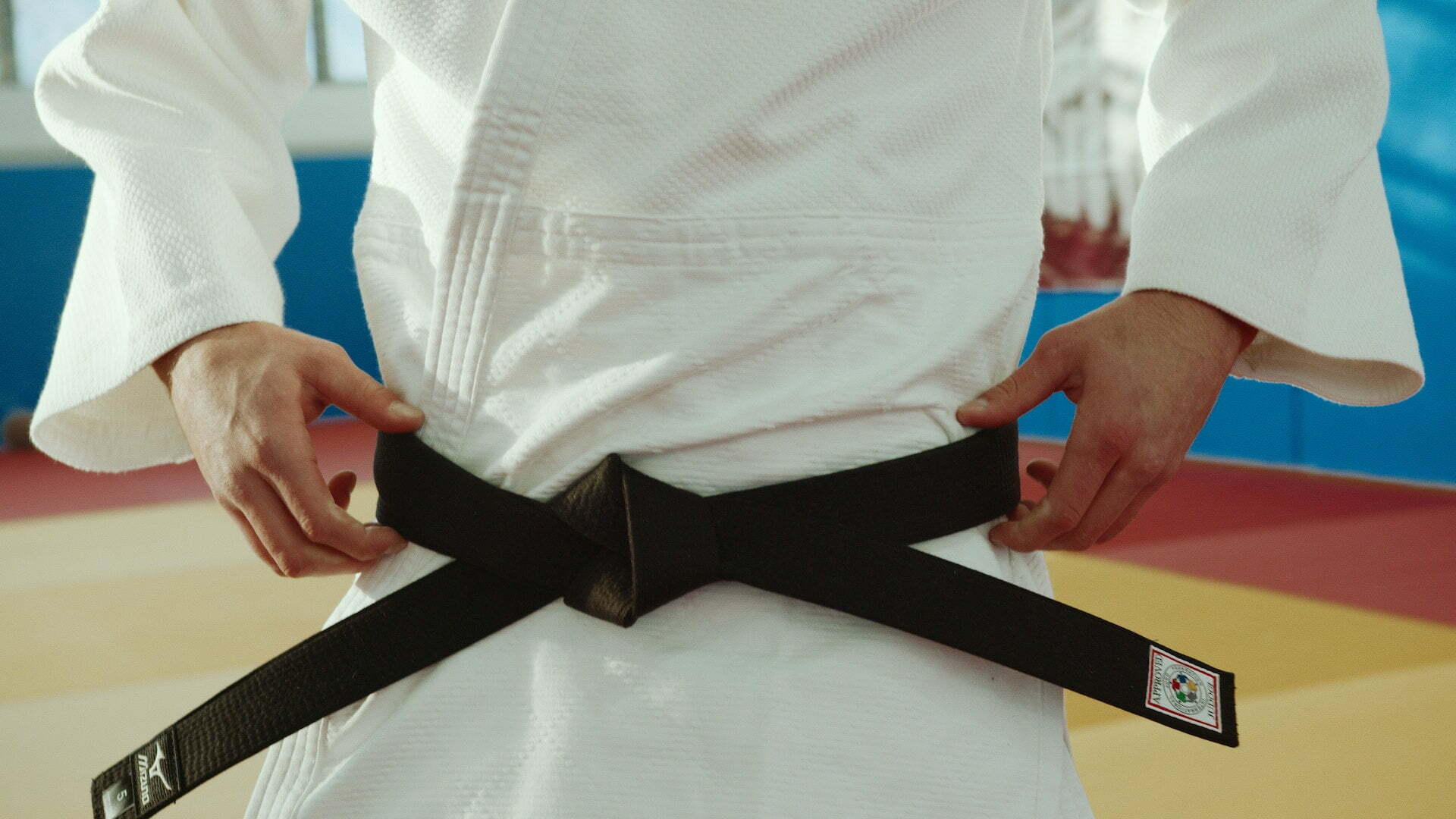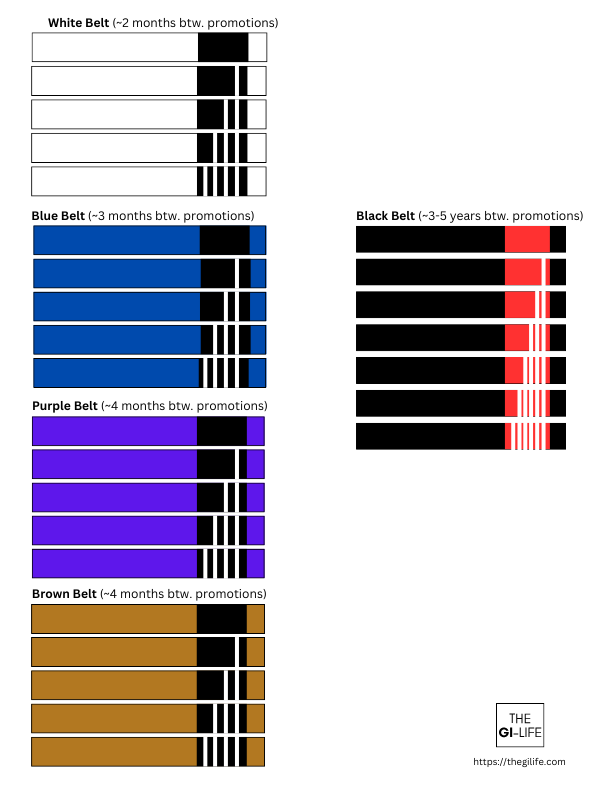
The Belt System in Brazilian Jiu-Jitsu
The belt system holds great significance. It serves as a tangible representation of a practitioner’s progress, skill level, and dedication to the art. Each belt color signifies a different stage in the journey, from a white belt beginner to the ultimate goal of a black belt. Understanding the belt system is crucial for anyone stepping onto the mats of a BJJ academy. In this article, we will delve into the origins of the belt system, the meanings behind each belt color, the criteria for promotion, and the significance of the belt ceremony.
The Origin and Purpose of the Belt System
The belt system in BJJ traces its roots back to the traditional martial arts of Japan. It was introduced by Mitsuyo Maeda, a student of Jigoro Kano and one of the founding figures of Brazilian Jiu-Jitsu. The purpose of the belt system is to provide structure and a clear path for progression. It serves as a motivational tool, encouraging practitioners to set goals, work hard, and advance their skills.

The Belt Colors and Their Meanings
- White Belt: The white belt represents a fresh start and signifies a practitioner’s initiation into BJJ. It is a stage of learning the fundamental techniques, understanding the core concepts, and developing a strong foundation. White belts focus on survival, defense, and understanding the basic positions and submissions.
- Blue Belt: Upon reaching the blue belt, practitioners have gained a solid understanding of BJJ principles and techniques. They are expected to have a repertoire of effective submissions, guard passes, sweeps, and escapes. The blue belt stage emphasizes the refinement and application of fundamental techniques.
- Purple Belt: The purple belt is a significant milestone that demonstrates a deeper level of proficiency and understanding. Practitioners at this stage begin to develop their personal style, explore various strategies, and experiment with more advanced techniques. Purple belts are known for their versatility and ability to adapt to different situations.
- Brown Belt: The brown belt represents a high level of technical expertise and knowledge. Practitioners at this stage have honed their skills through countless hours of training, sparring, and competition. They possess a deep understanding of BJJ principles and can execute techniques with precision and timing. Brown belts are also expected to guide and mentor lower-ranked practitioners.
- Black Belt: The black belt is the pinnacle of achievement in BJJ. It symbolizes mastery of the art and a lifelong commitment to learning and growth. Black belts have extensive knowledge and experience, and their expertise extends beyond technical proficiency. They often become instructors, contributing to the development and growth of the BJJ community.
Progression through the Belt System
While the belt colors represent different stages of progress, the criteria for promotion may vary among academies and instructors. Promotions are typically based on technical proficiency, knowledge, time spent training, competition performance, and overall character development. It is important to note that promotions are earned, not given, and require dedication, perseverance, and a passion for continuous improvement.
Belt Promotions and the Belt Ceremony
Belt promotions are special moments in a practitioner’s journey. They often involve a belt ceremony where the individual is recognized and celebrated for their achievements. The belt ceremony is a time to reflect on the hard work and dedication that led to the promotion and to embrace the responsibilities that come with the new rank.
Beyond the Black Belt
For those who attain the black belt, the journey does not end. It marks the beginning of a new phase, where the practitioner becomes a representative of the art. Advanced belts, such as the coral belt and red belt, signify higher levels of experience and knowledge.
Conclusion:
The belt system in Brazilian Jiu-Jitsu serves as a roadmap for personal growth and development. It provides structure, motivation, and recognition for practitioners at every stage of their journey. Each belt color represents a new chapter, a higher level of skill, and a deeper understanding of the art. Embrace the challenges, stay committed, and let the belt system guide you on your path to mastery in Brazilian Jiu-Jitsu.